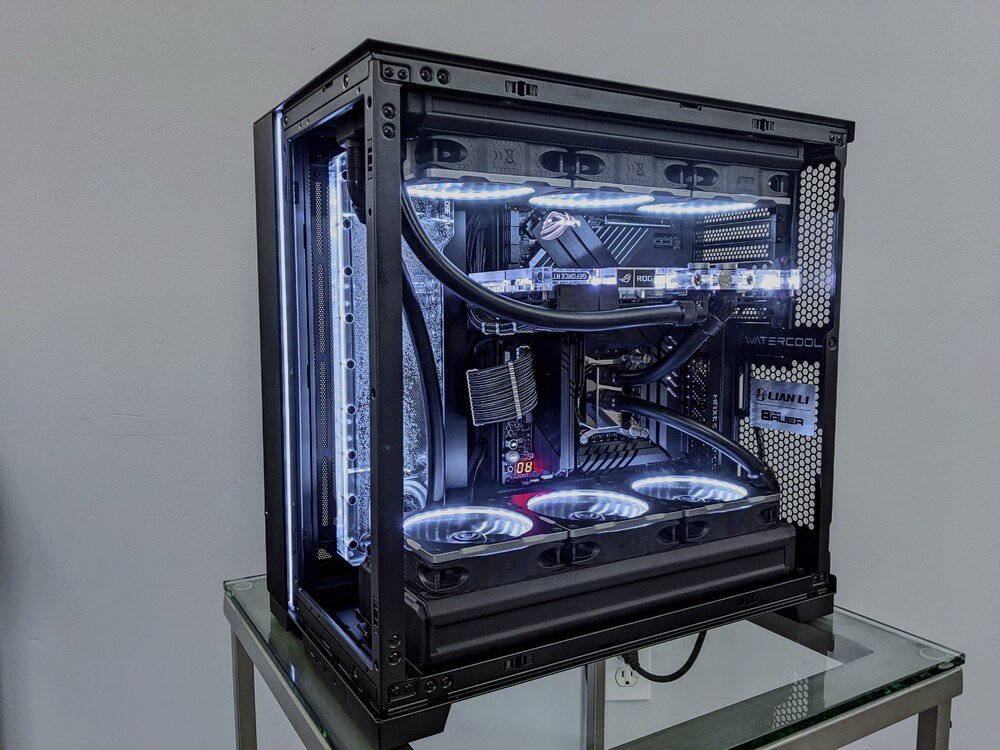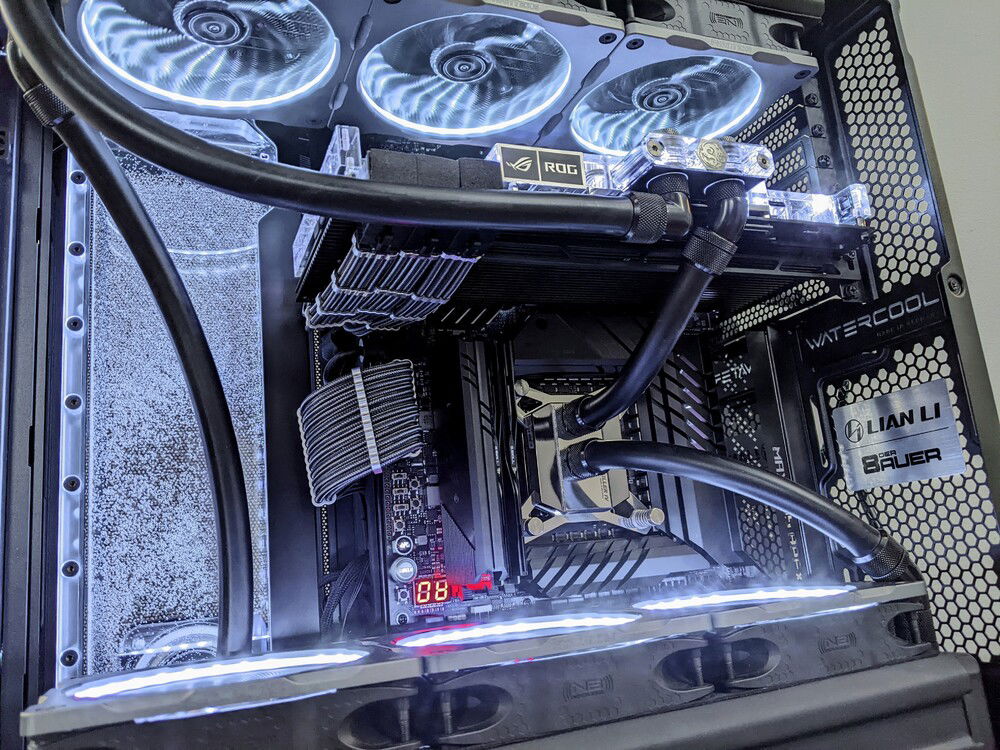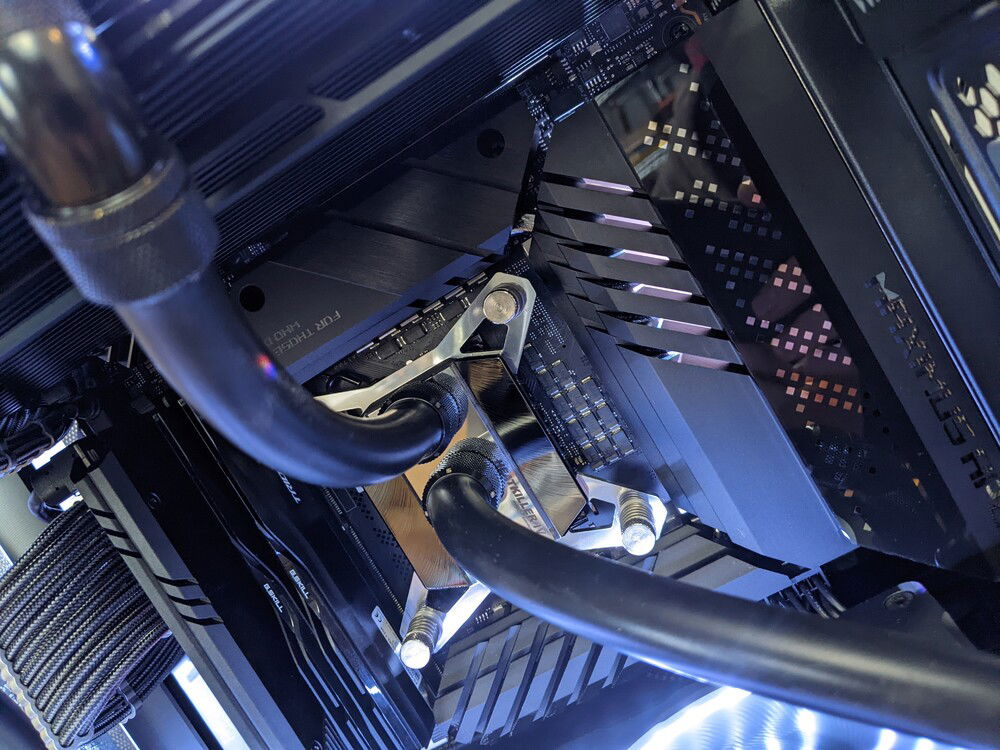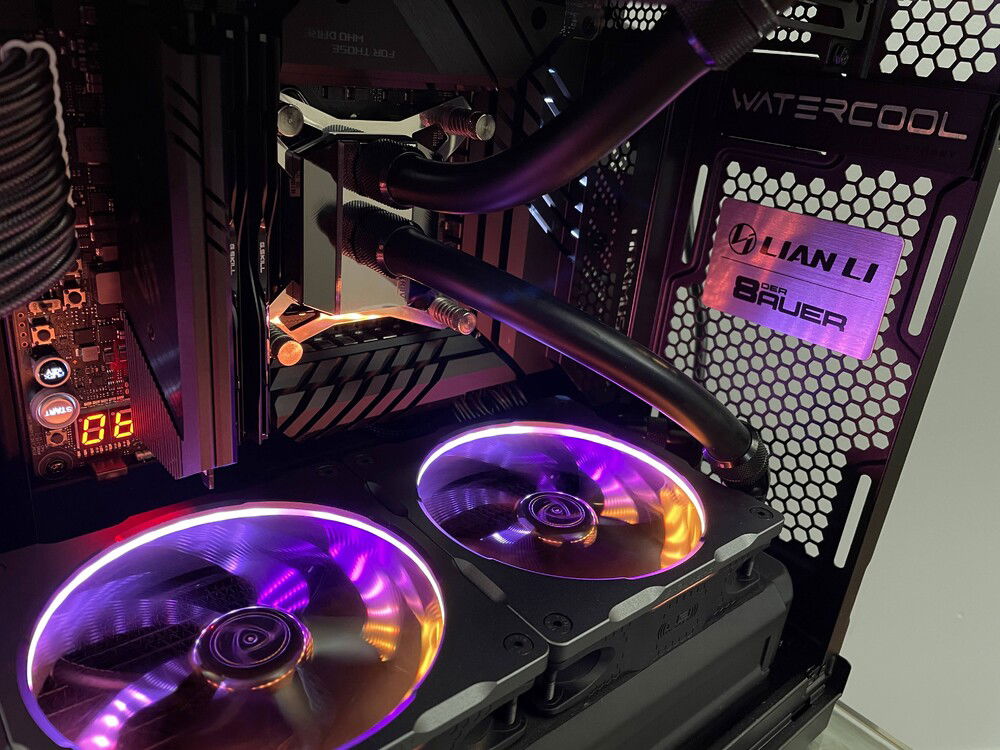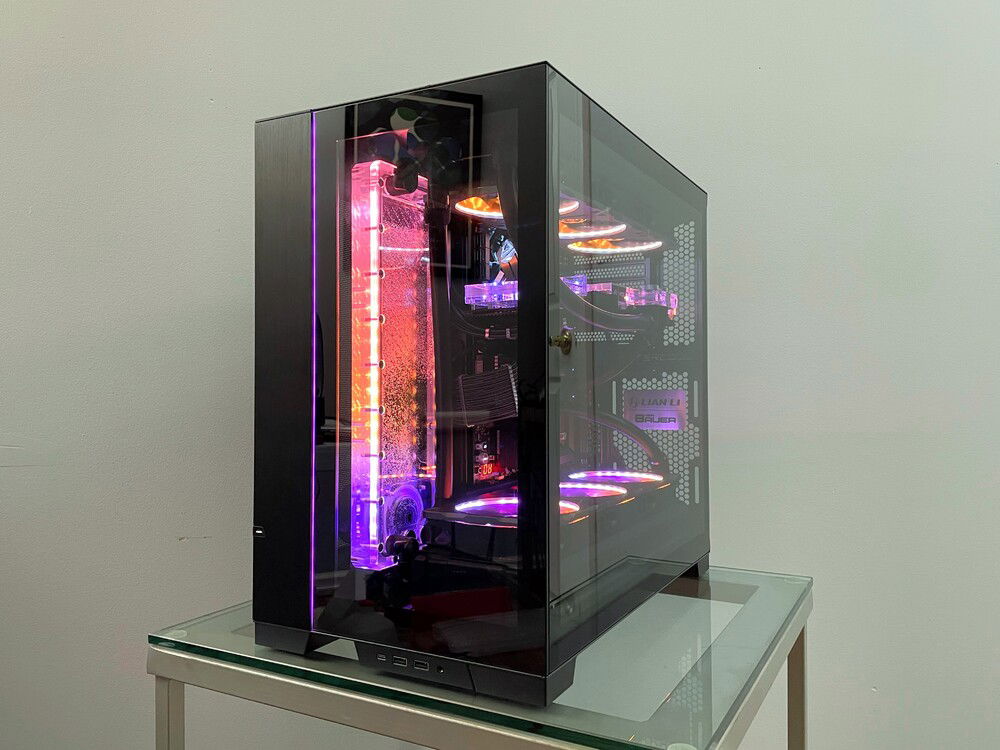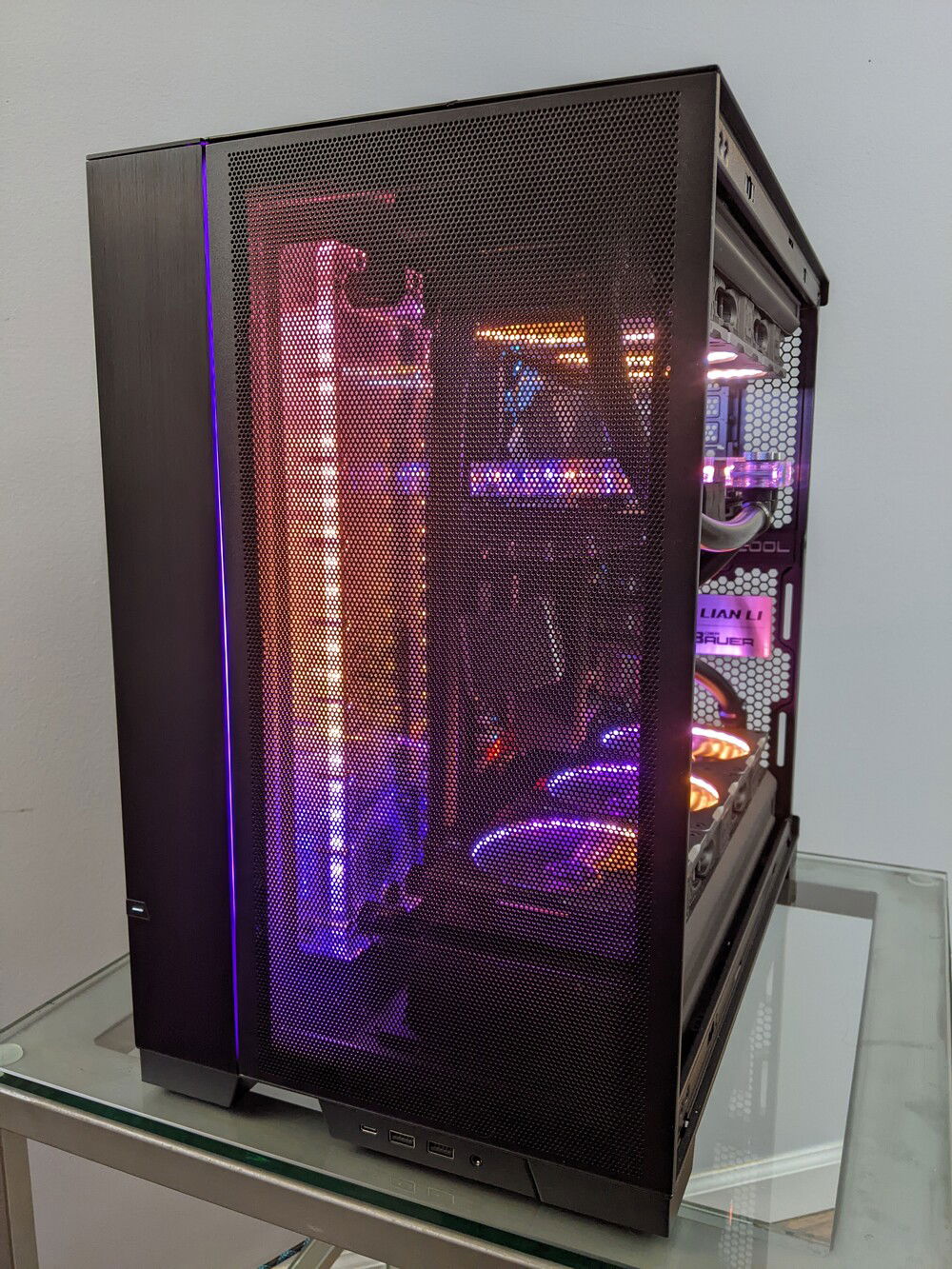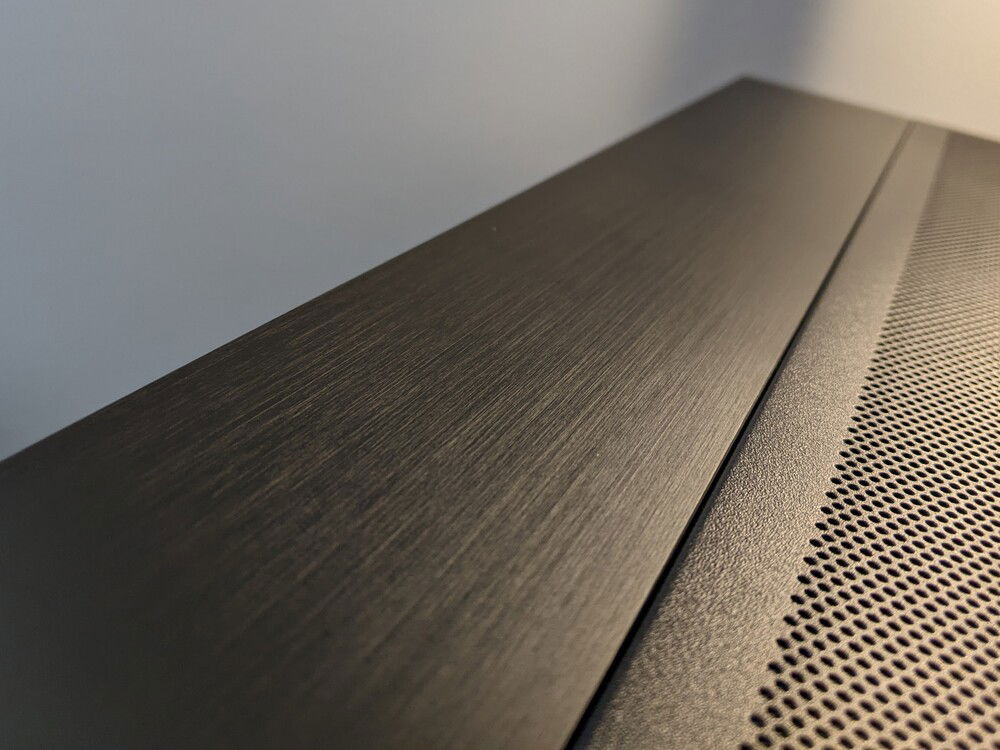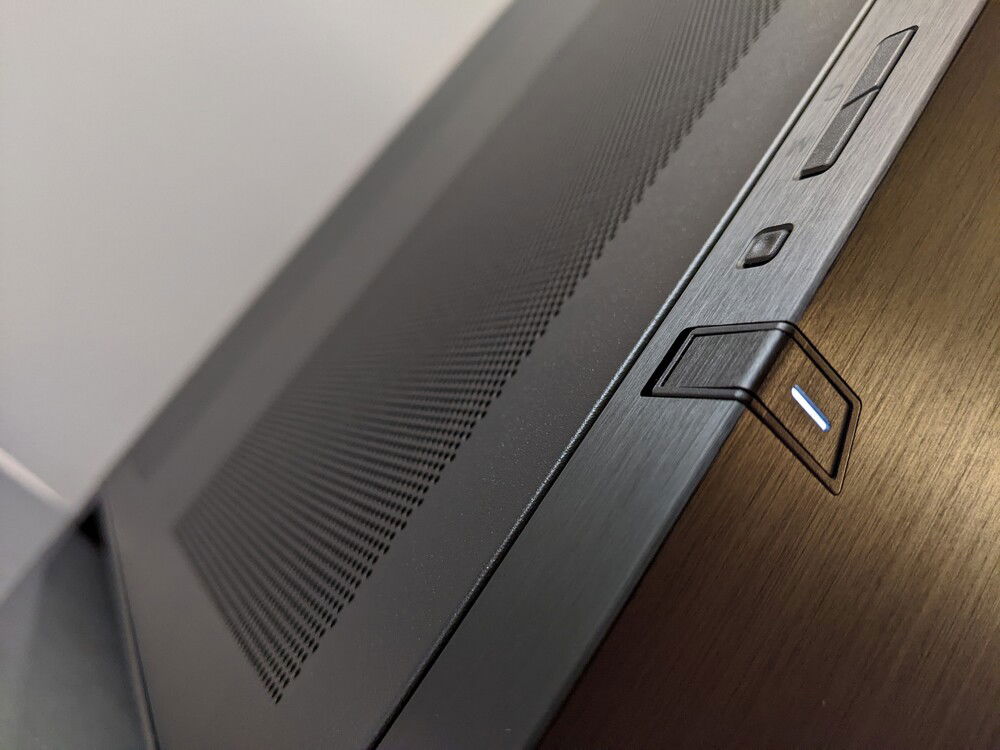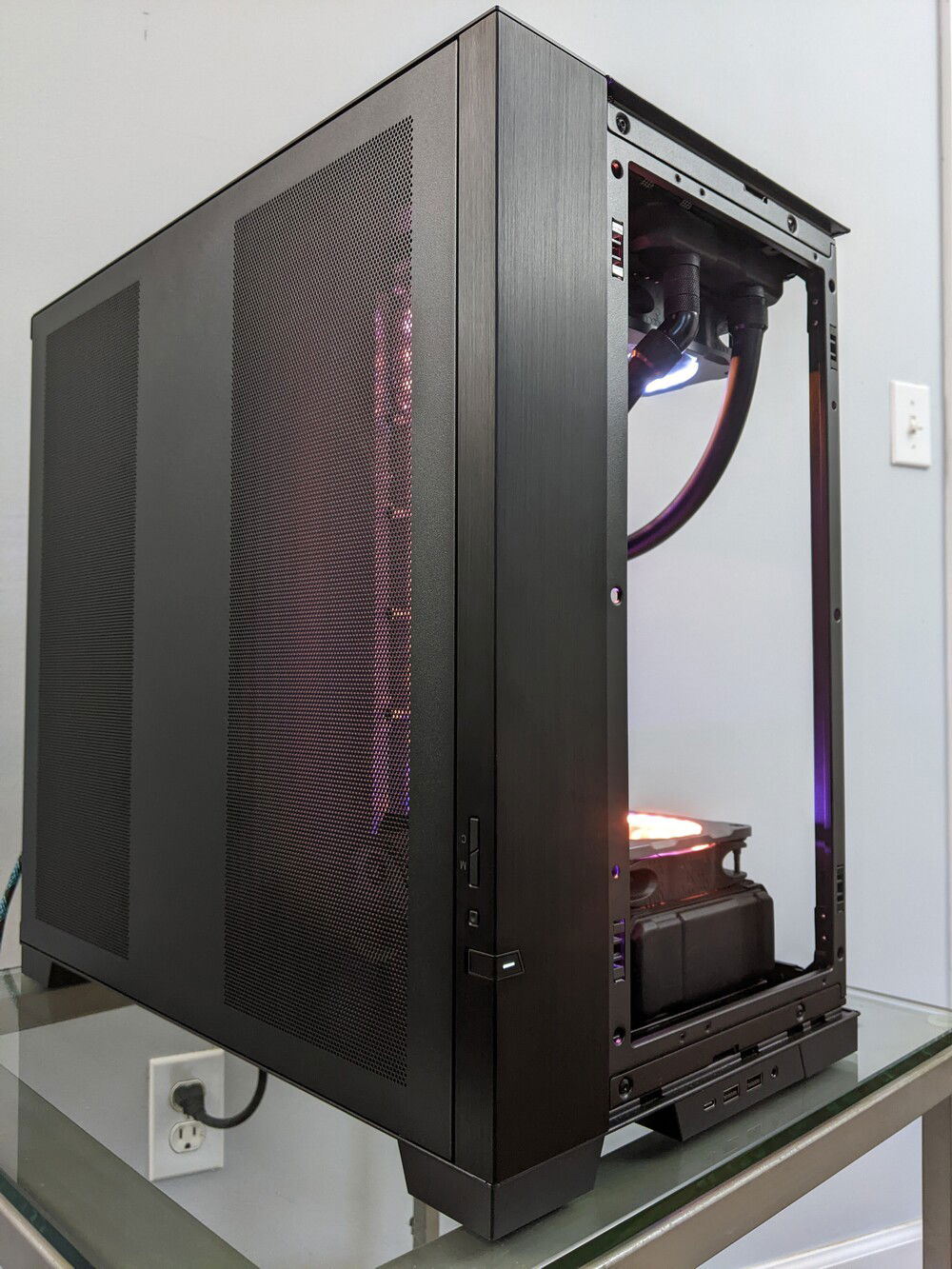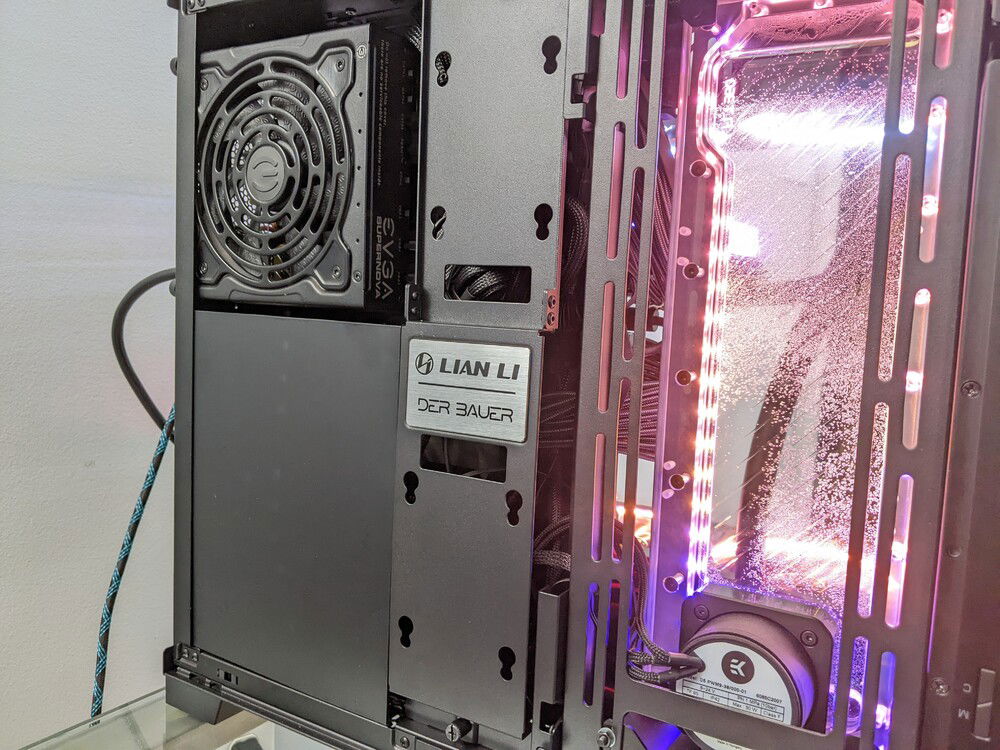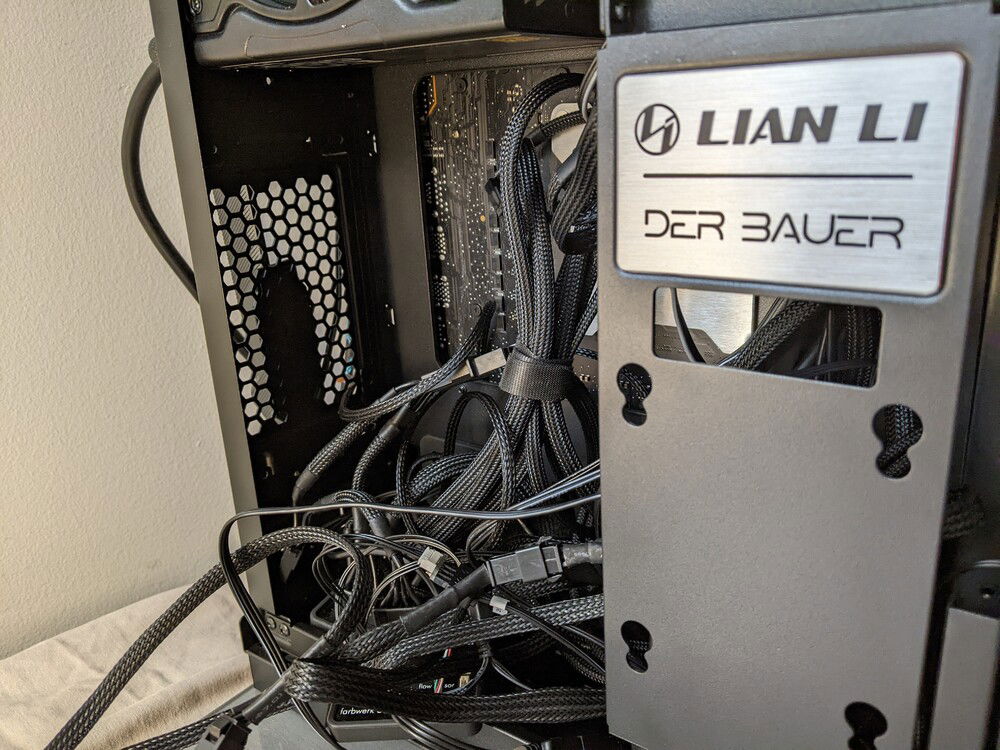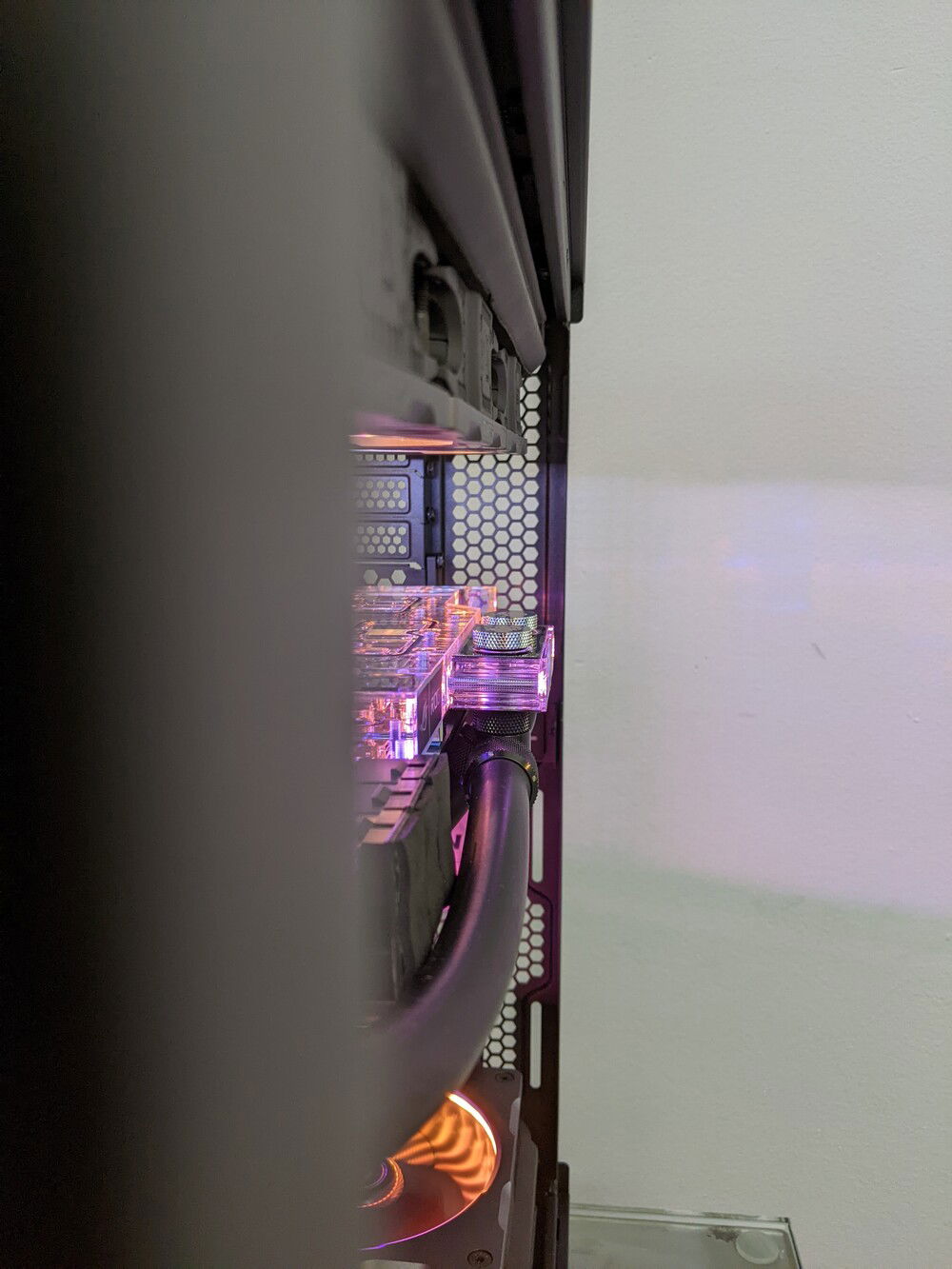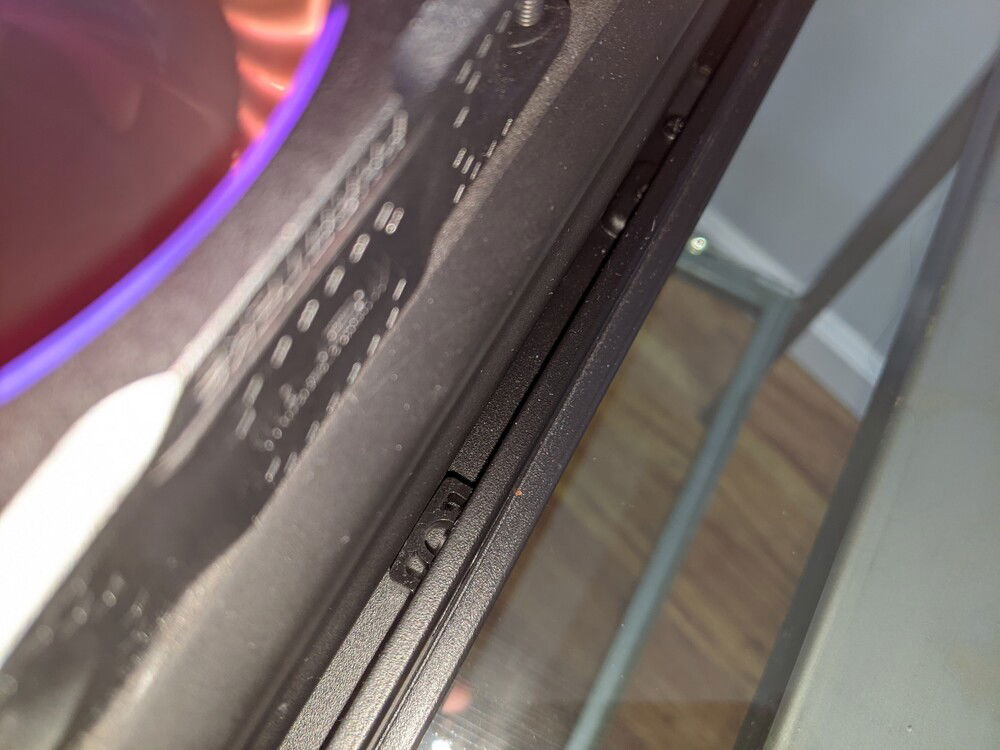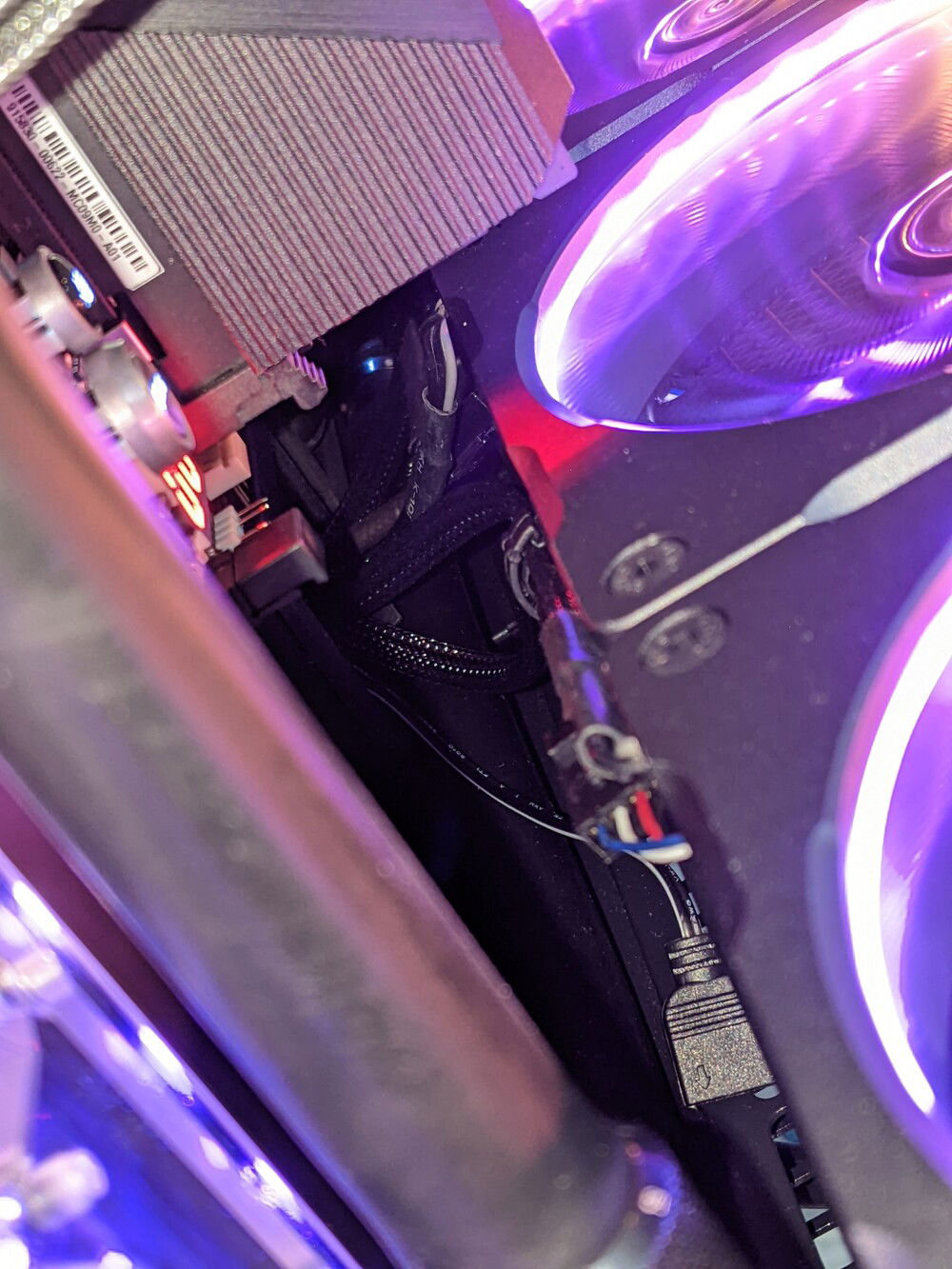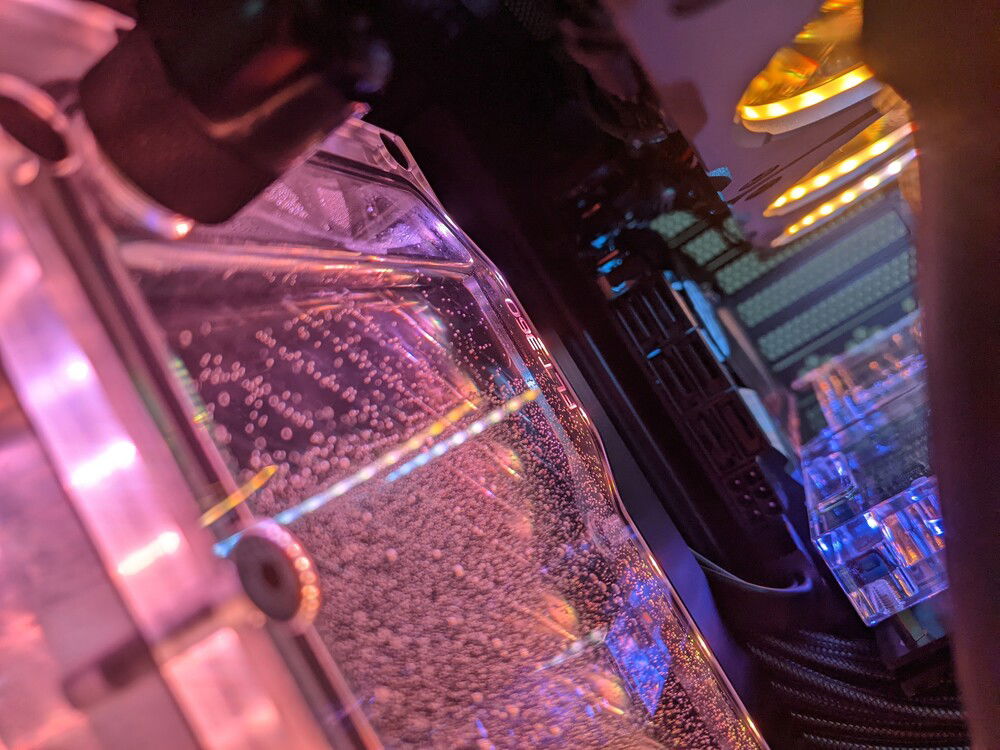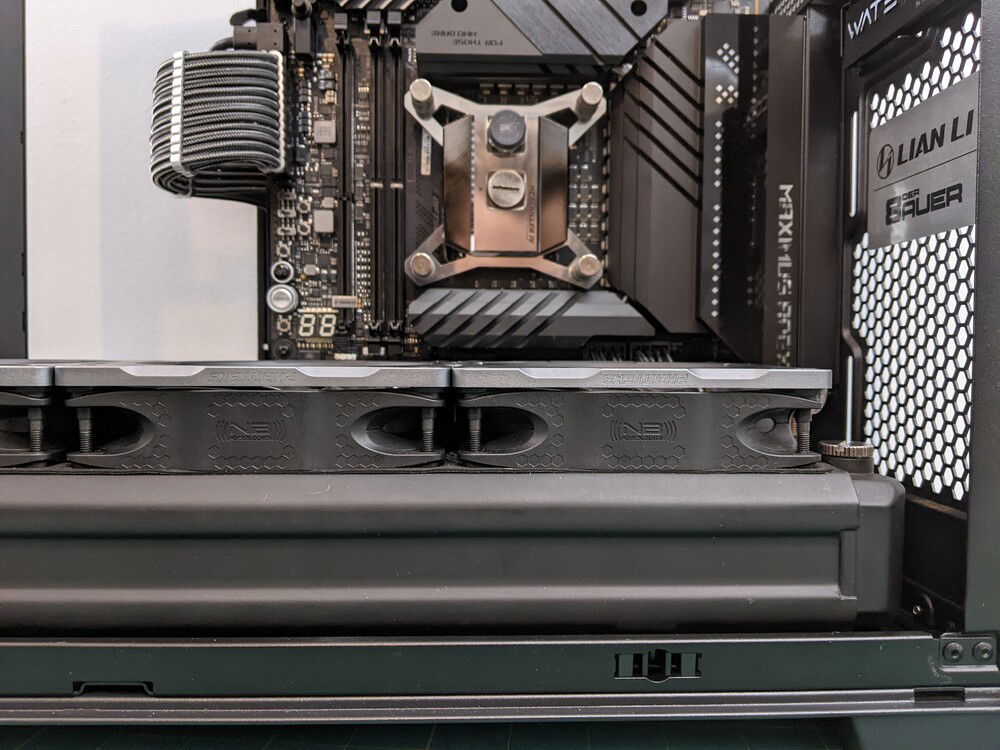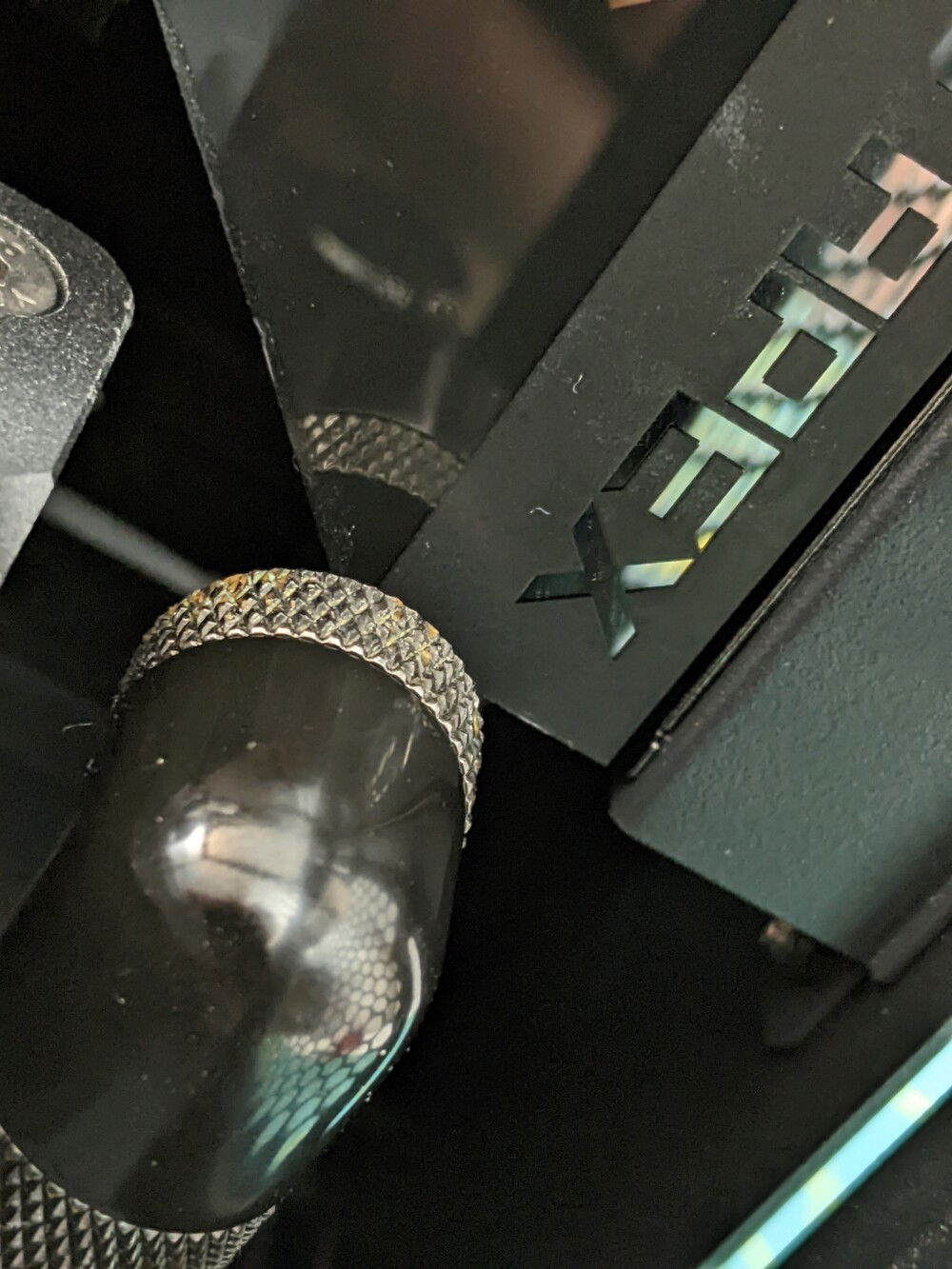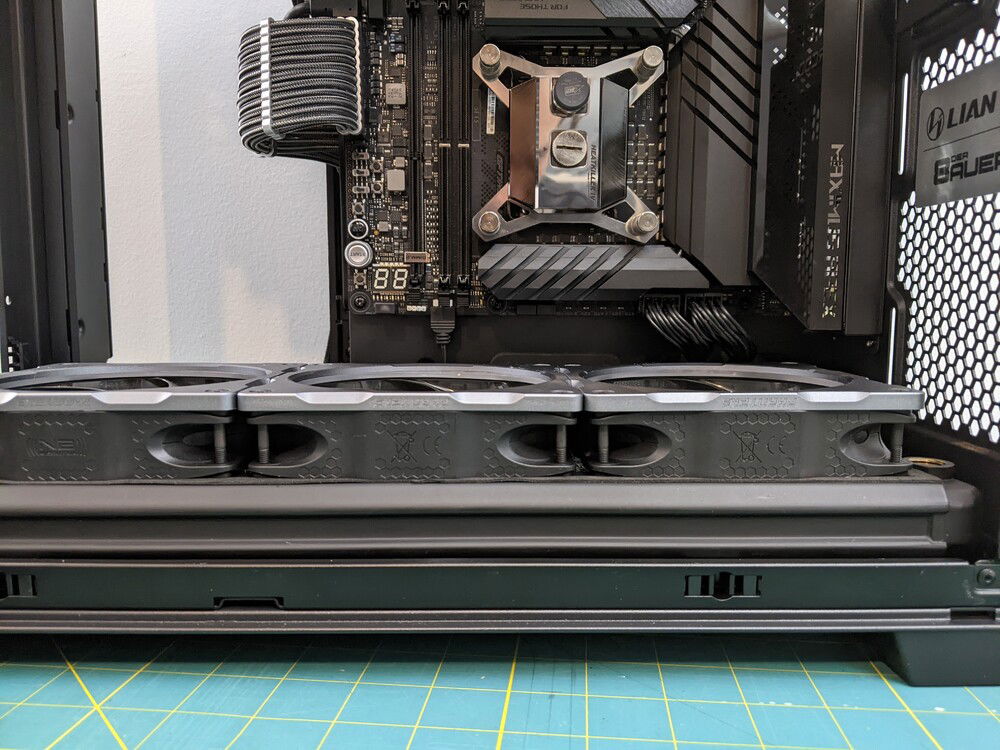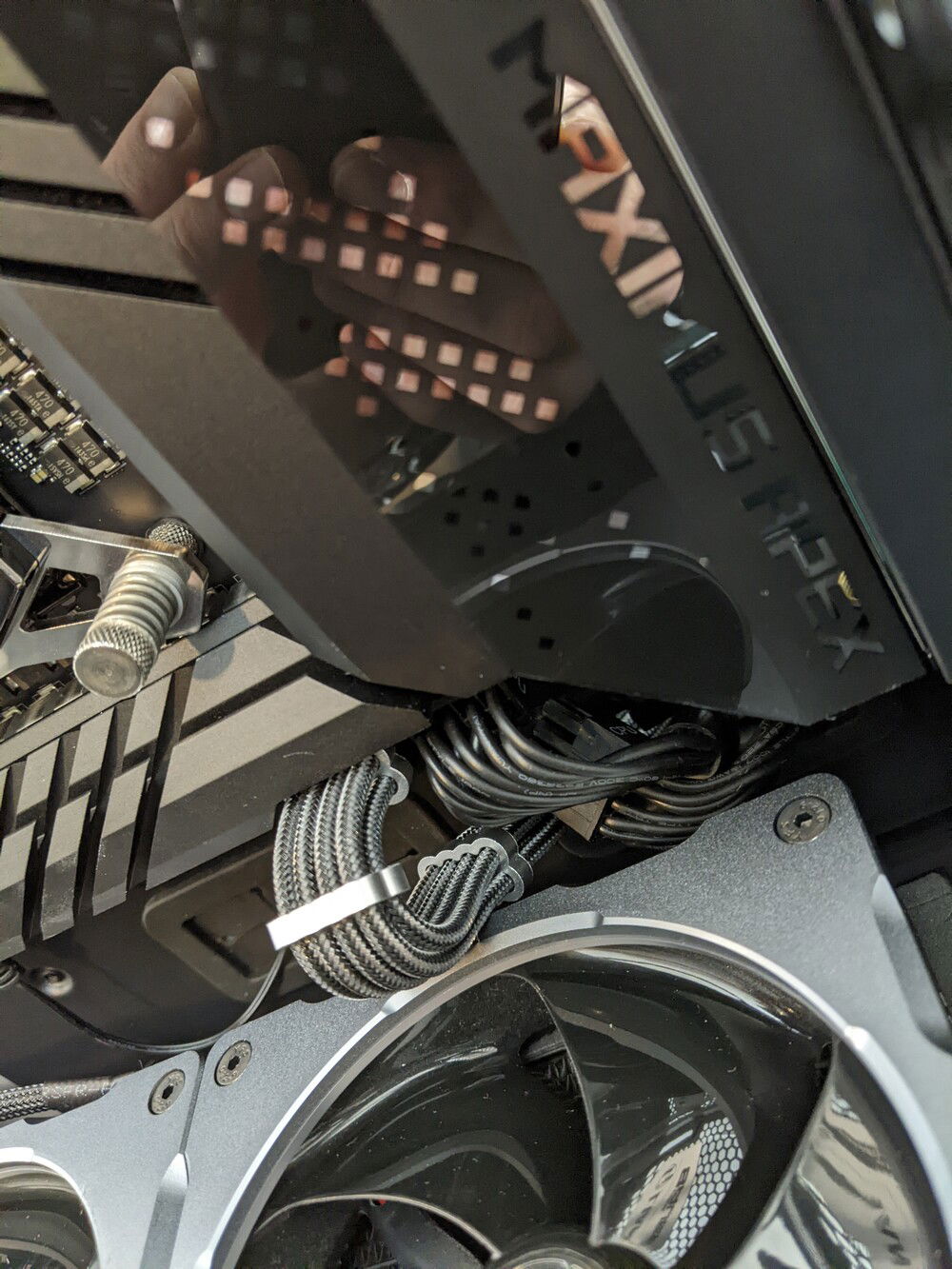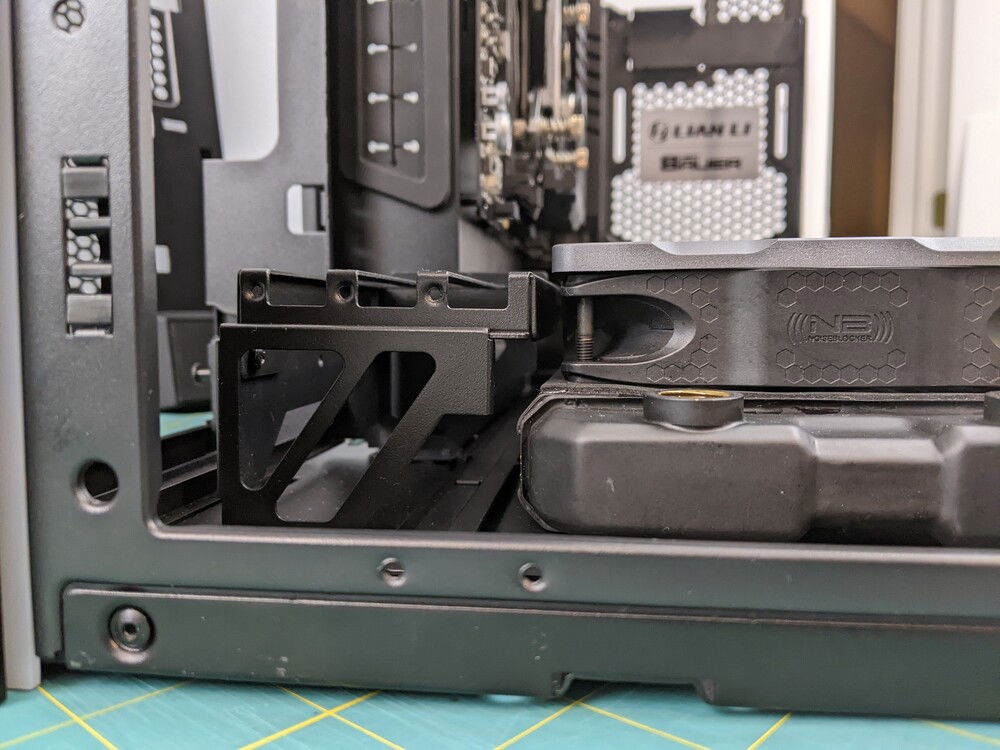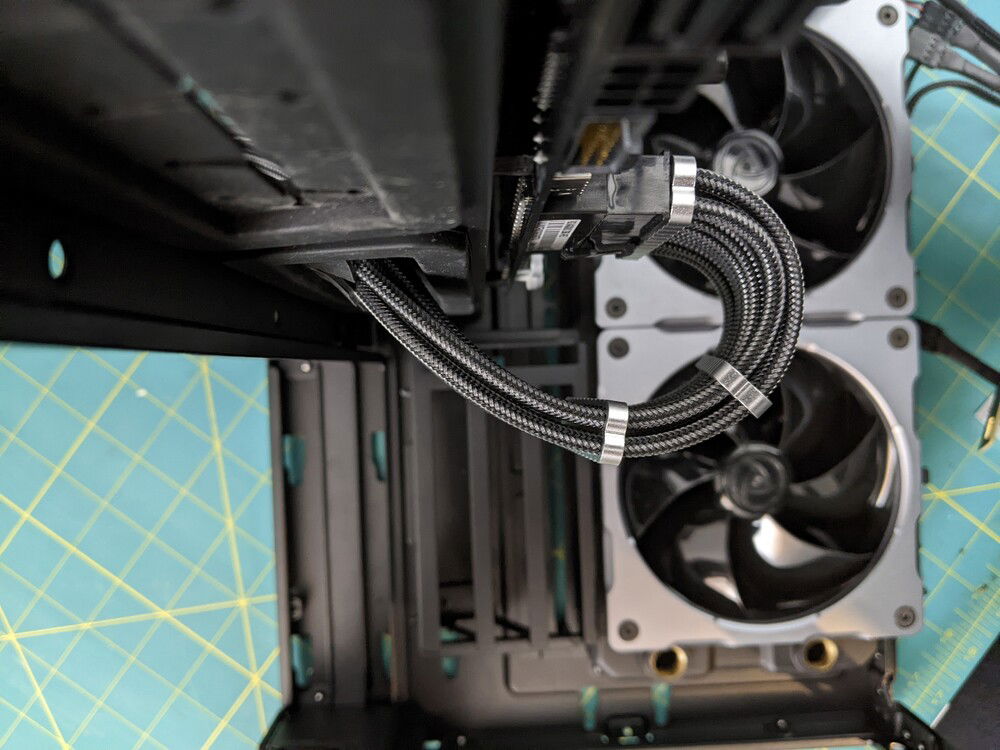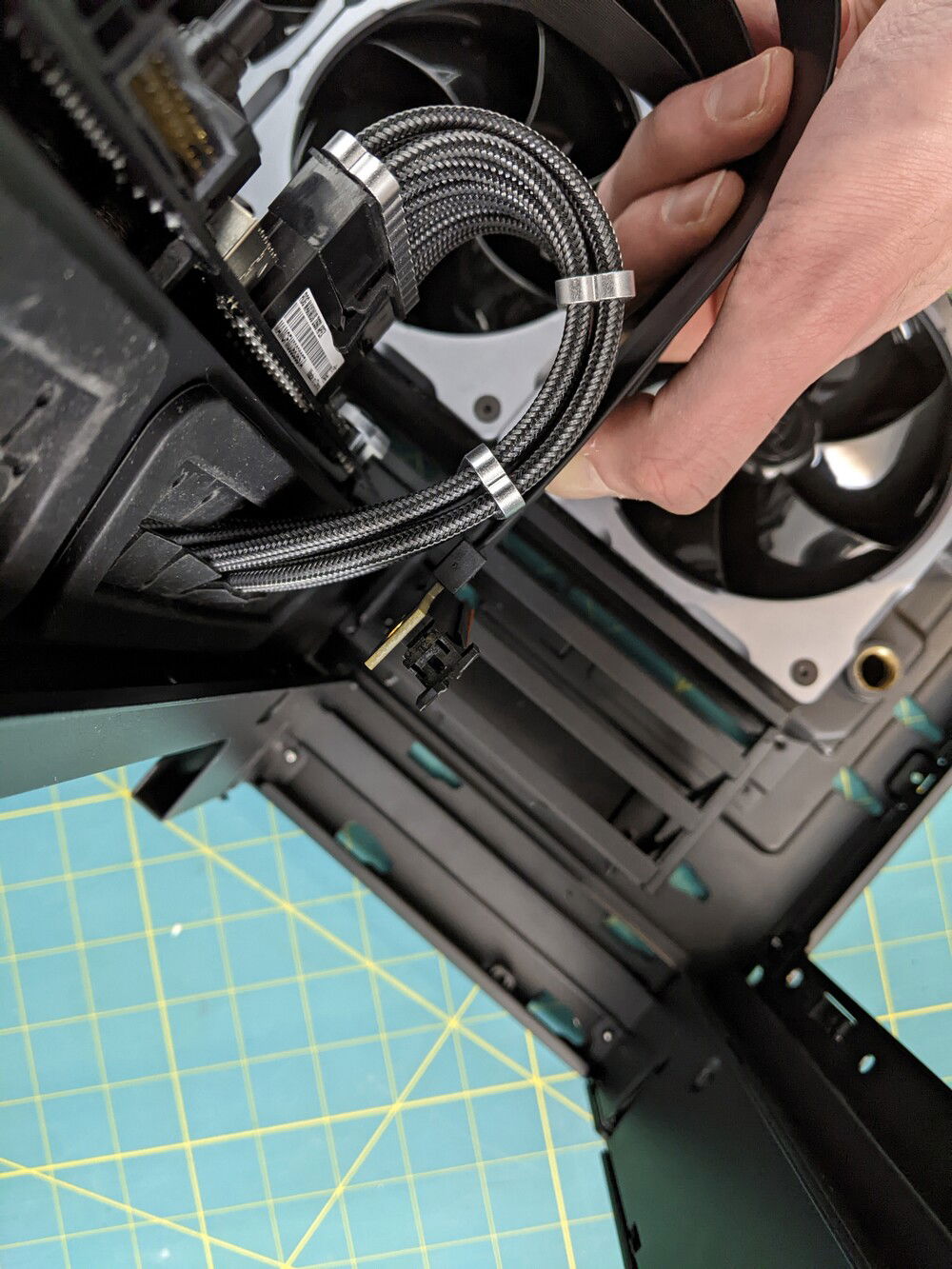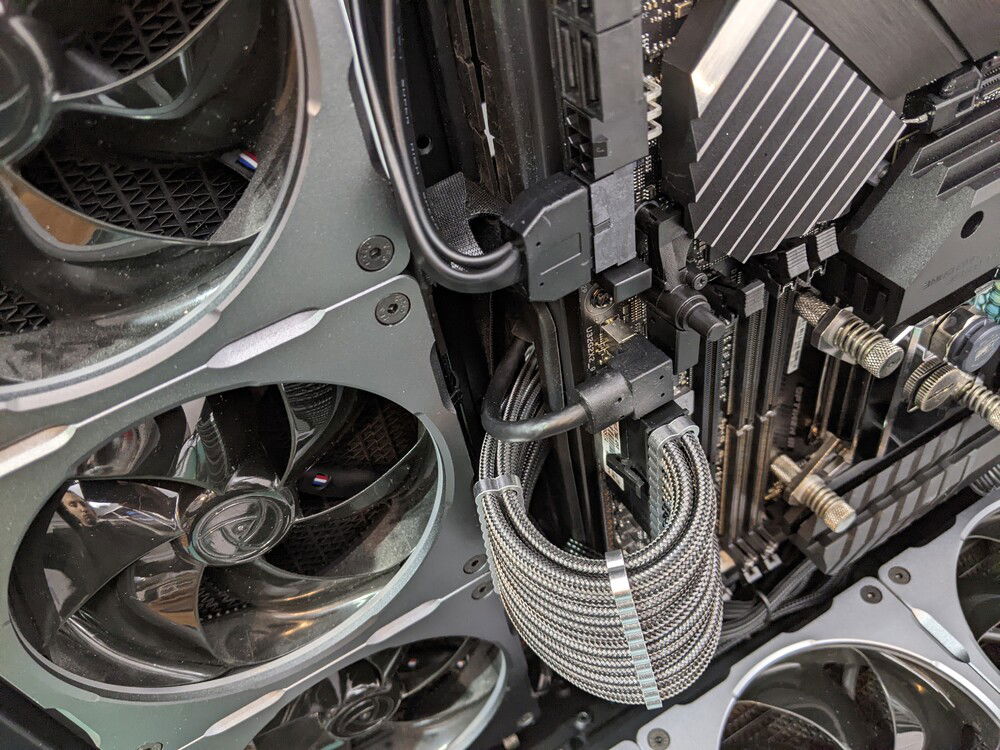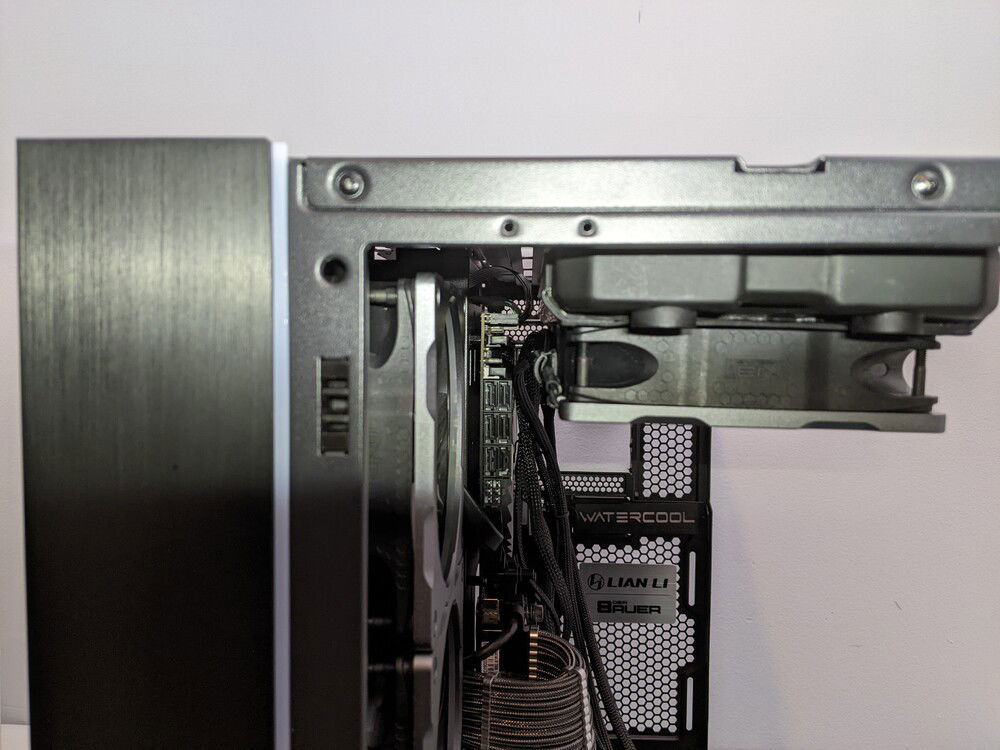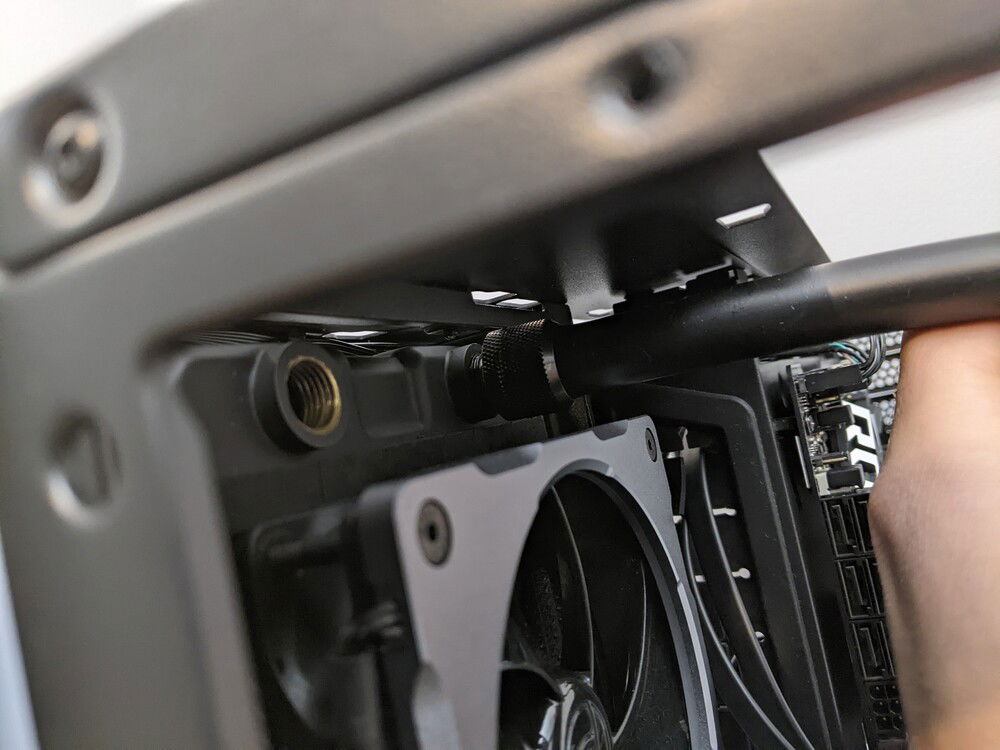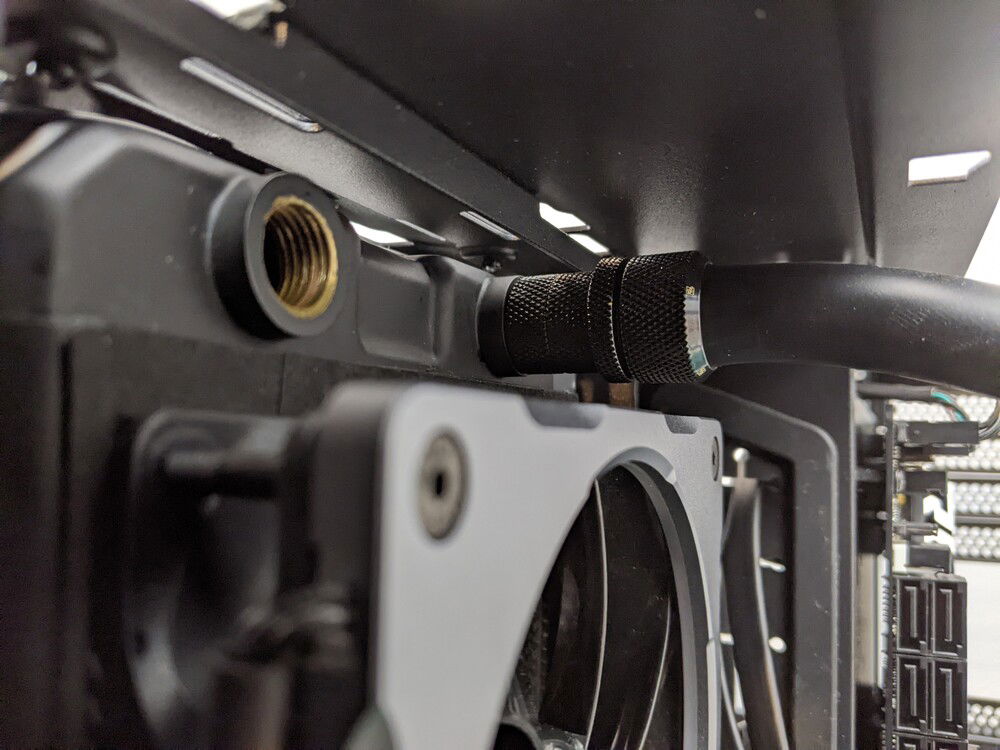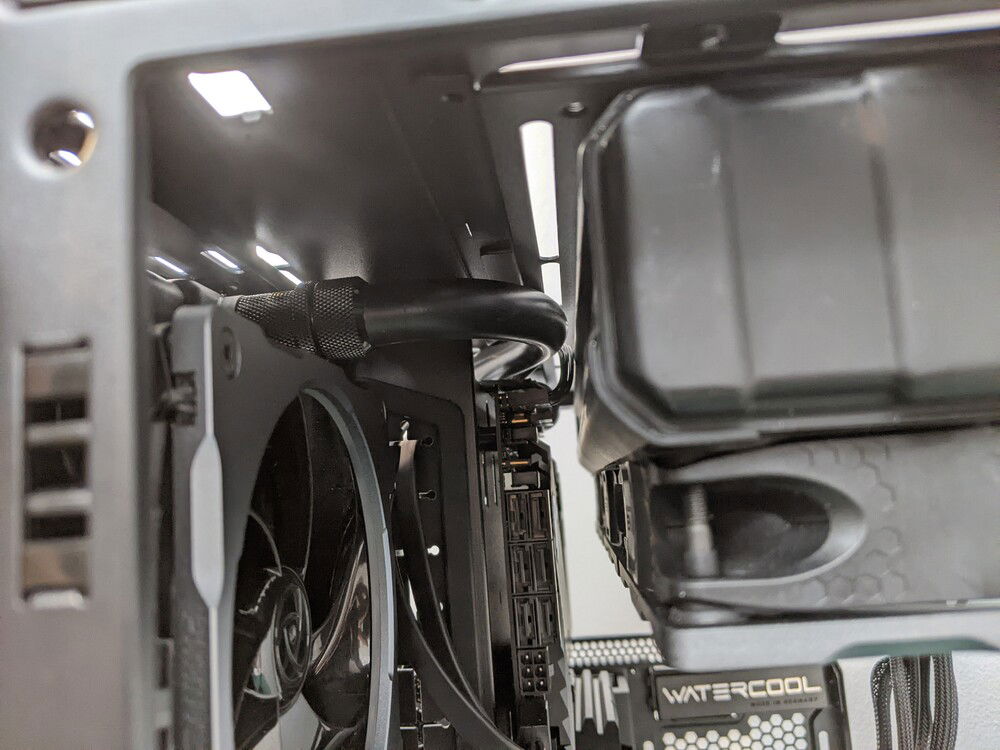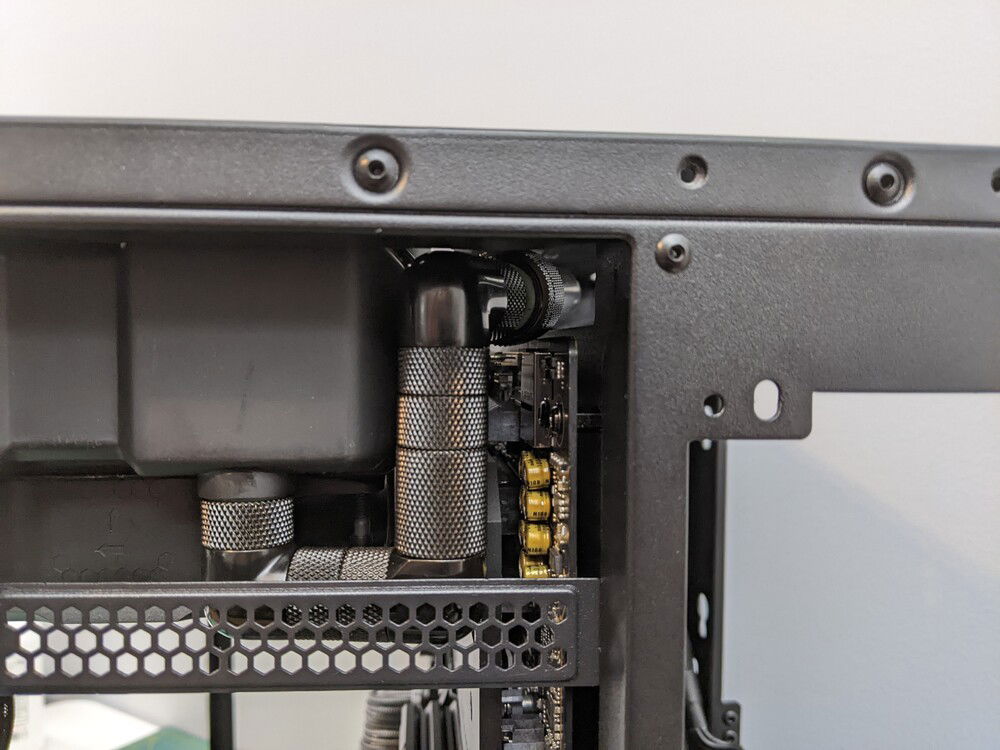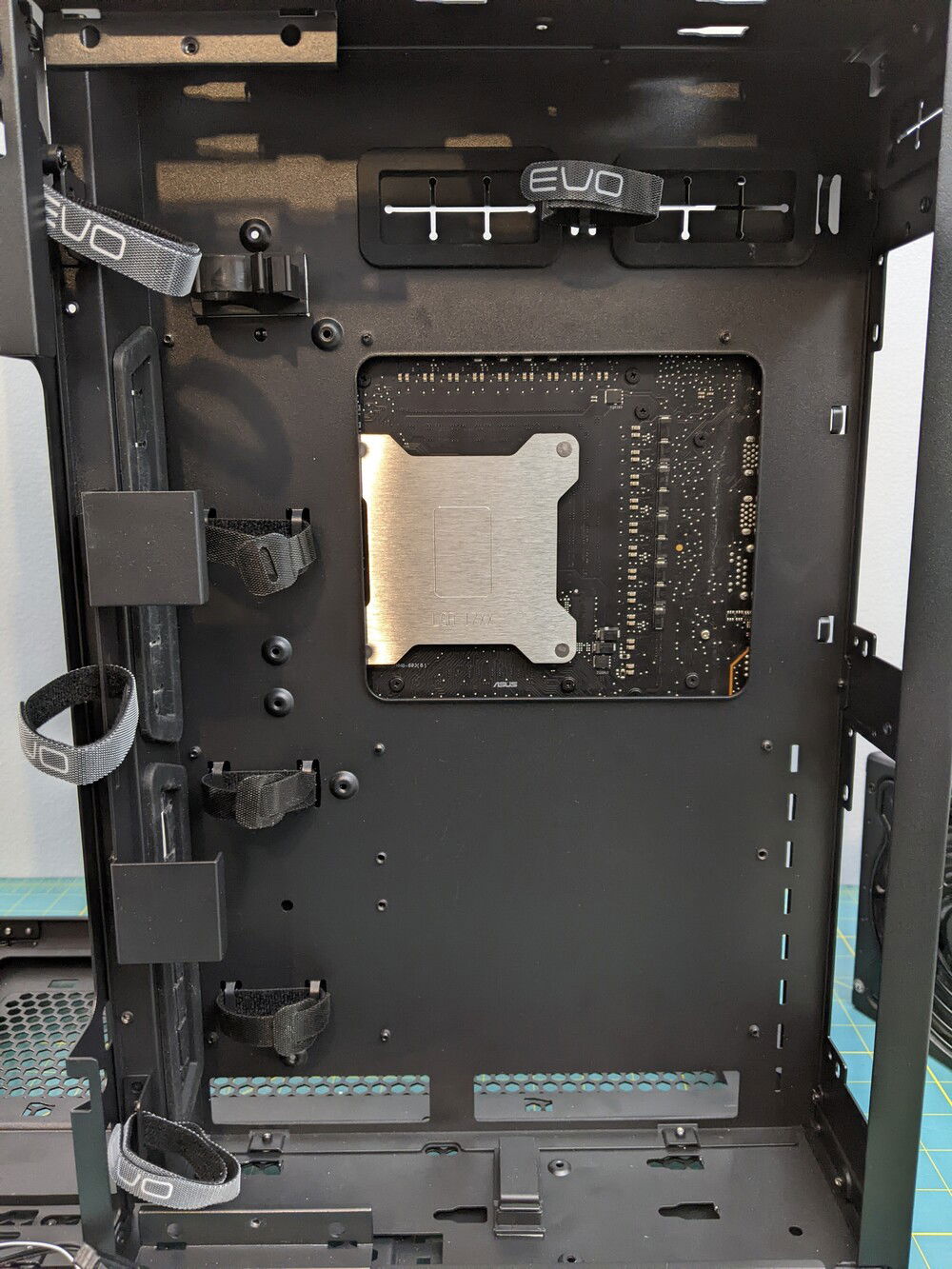OΛƎ - All your case are belong to Lian Li
I was selected to participate in the Lian Li early access program for the O11 Dynamic Evo on Reddit. 5 redditors got the case early and were asked to write about their experience building in the case.
I’m primarily writing this overview from the perspective of somebody who is doing a custom water cooling build. If this is something you don’t plan on doing, I’d go check out the various Evo reviews on YouTube for a more traditional overview. Lian Li’s overview video does a great job covering all of the features and configuration compatibilities. Lian Li’s product page is also very good. GGF Events also does a comprehensive overview covering general features and custom water cooling.
Initial impressions: The O11 Dynamic Evo is easily the most configurable O11 and perhaps the most configurable case on the market. The feature set is broad, but never intimidating. Everything is logically designed. Lian Li also made very intentional design decisions to maximize custom water cooling compatibility and capacity. Anyone who has built a loop in a previous O11 will appreciate this case. I know many have O11 fatigue. The Evo has so many configurations, the limit really is you at this point. For my money, baring aesthetic preferences, this is the best
I’m primarily writing this overview from the perspective of somebody who is doing a custom water cooling build. If this is something you don’t plan on doing, I’d go check out the various Evo reviews on YouTube for a more traditional overview. Lian Li’s overview video does a great job covering all of the features and configuration compatibilities. Lian Li’s product page is also very good. GGF Events also does a comprehensive overview covering general features and custom water cooling.
Initial impressions: The O11 Dynamic Evo is easily the most configurable O11 and perhaps the most configurable case on the market. The feature set is broad, but never intimidating. Everything is logically designed. Lian Li also made very intentional design decisions to maximize custom water cooling compatibility and capacity. Anyone who has built a loop in a previous O11 will appreciate this case. I know many have O11 fatigue. The Evo has so many configurations, the limit really is you at this point. For my money, baring aesthetic preferences, this is the best
Color(s): Aluminum Black
RGB Lighting? Yes
Theme: Industrial
Cooling: Custom Liquid Cooling
Size: ATX
Type: General Build
Hardware
CPU
$ 288.65
Motherboard
Memory
Graphics
$ 1,280.00
Storage
$ 265.98
PSU
$ 228.84
Case
Case Fan
$ 149.70
Case Fan
$ 211.26
Cooling
Cooling
$ 309.99
Cooling
Cooling
Cooling
CableMod
Accessories
$ 64.99
Accessories
$ 84.00
Accessories
$ 50.99
Accessories
$ 6.99
Approved by:

